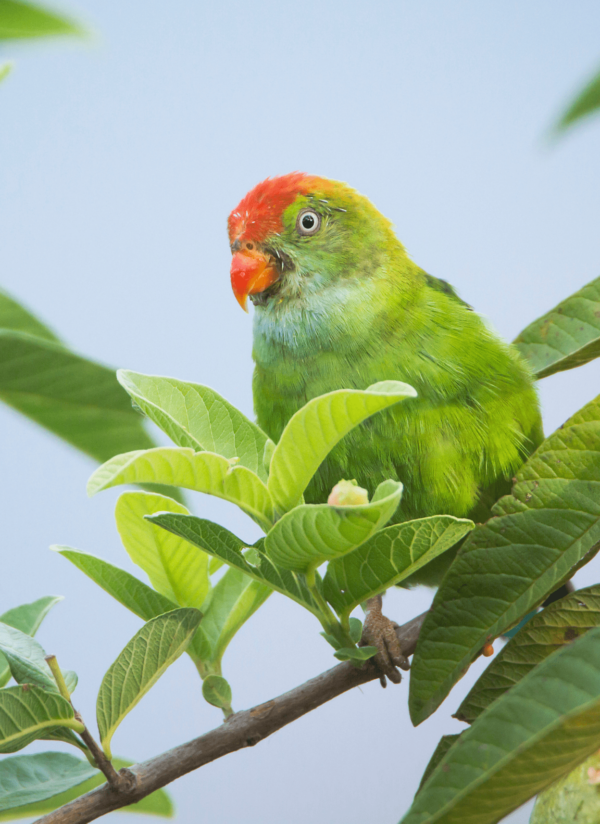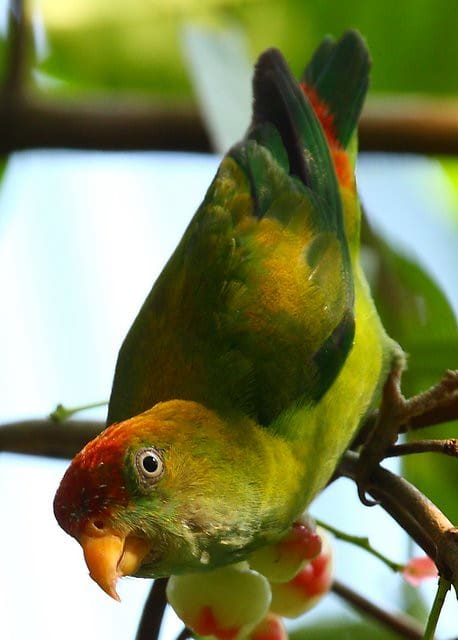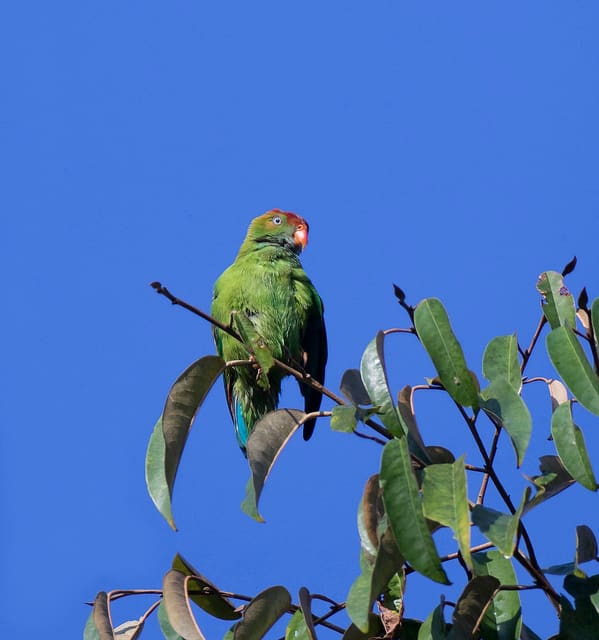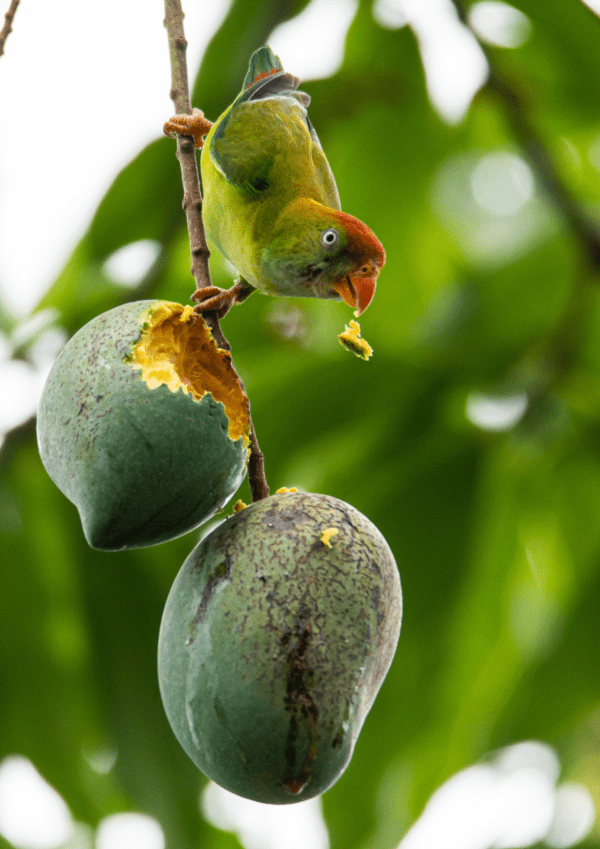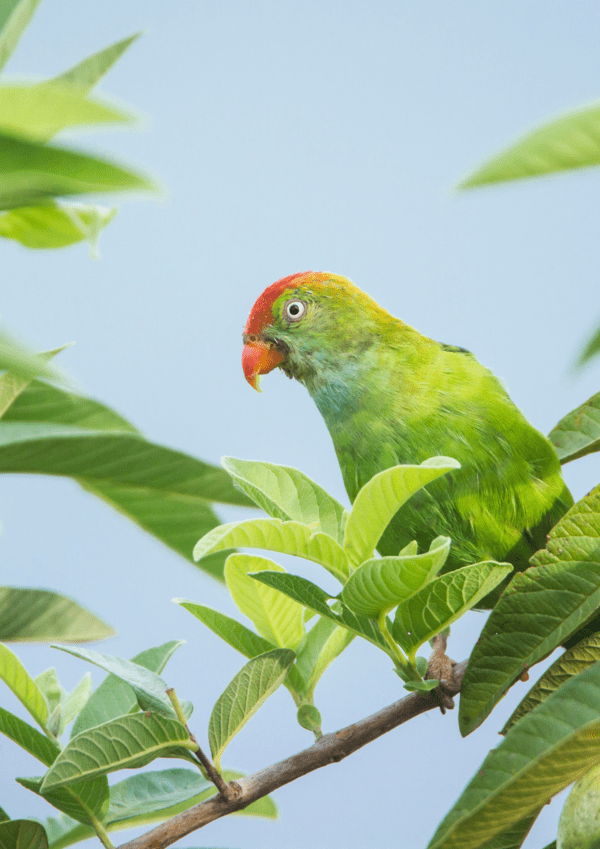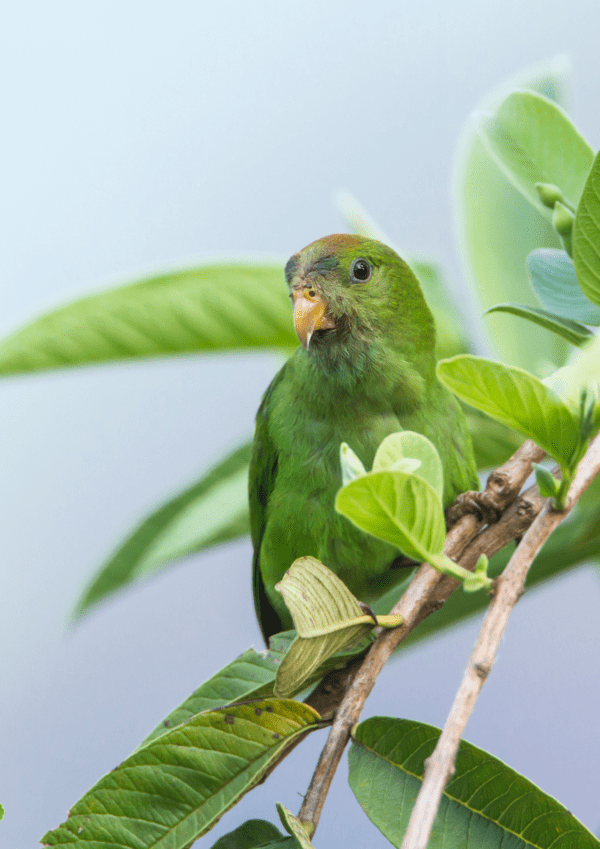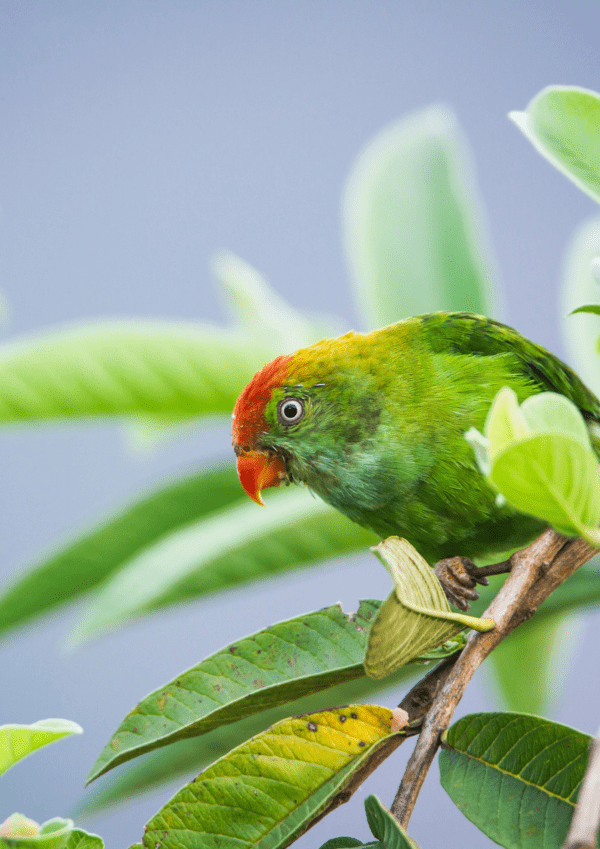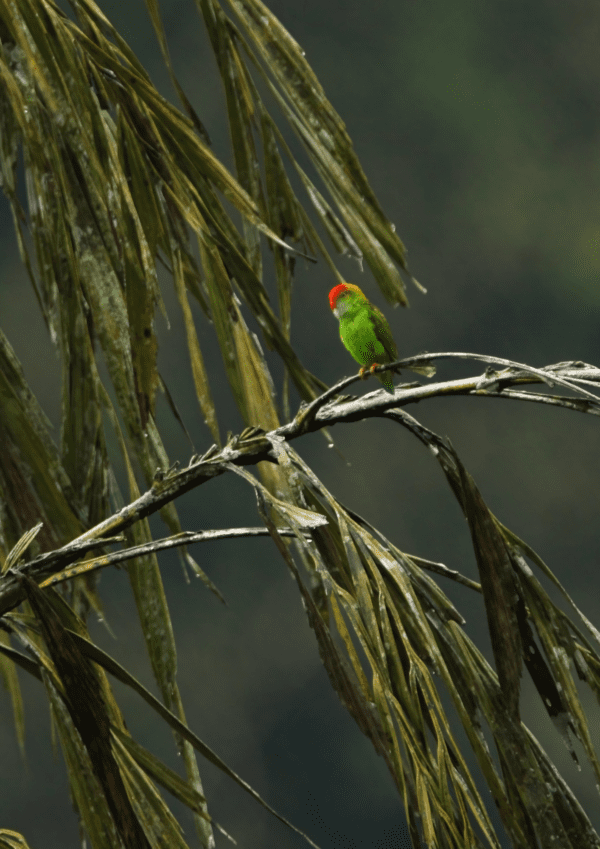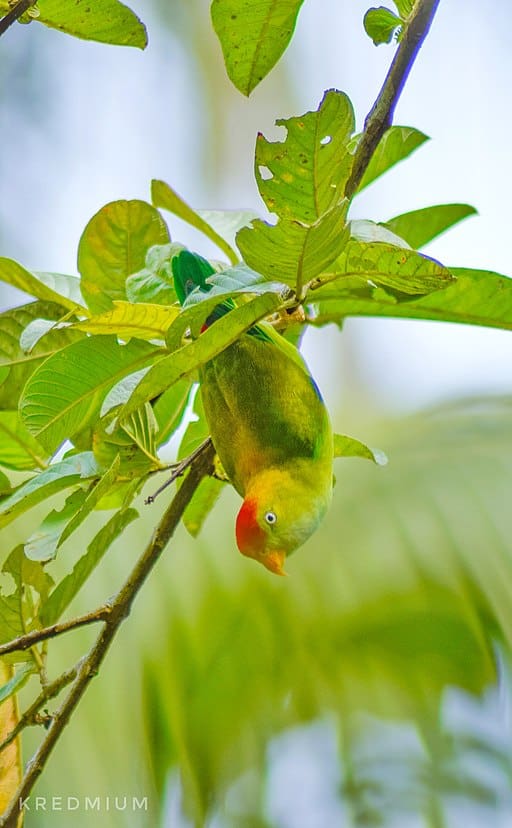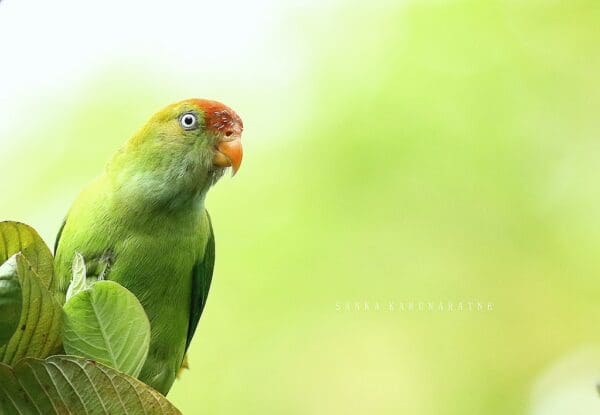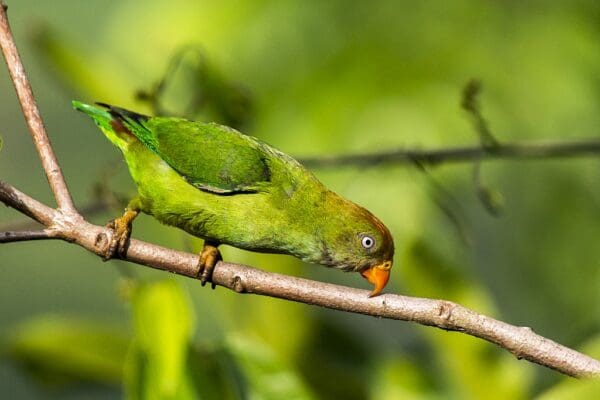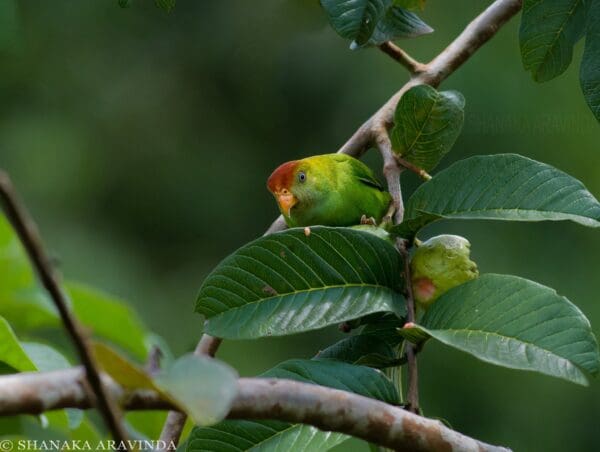Sri Lanka Hanging Parrot
Also known as:
Ceylon Hanging Parrot, Ceylon Lorikeet
Also known as:
Ceylon Hanging Parrot, Ceylon Lorikeet
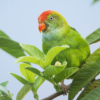
![© Amila Tennakoon [CC BY-SA 2.0] via Flickr](https://parrots.org/wp-content/uploads/2023/01/wpt_Sri-Lanka-Hanging-Parrot_1163-8-100x100.jpg)
![© Shanaka Aravinda [CC BY-ND 2.0] via Flickr](https://parrots.org/wp-content/uploads/2023/01/wpt_Sri-Lanka-Hanging-Parrot_1163-6-100x100.jpg)
![© budgora [CC BY-NC 2.0] via Flickr](https://parrots.org/wp-content/uploads/2023/01/wpt_Sri-Lanka-Hanging-Parrot_1163-5-100x100.jpg)
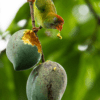
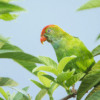
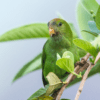
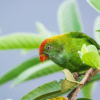
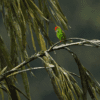
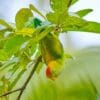
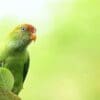
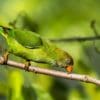
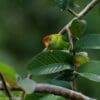
DID YOU KNOW?
Hanging parrots roost upside down high in the forest canopy.

Loriculus

beryllinus
Size:
13 cm (5.1 in)
Weight:
Not recorded.
Subspecies including nominate:
one
Colour Adult:
Small green parrot with short rounded tail. Both adults-red beak, white eye; red forecrown; blue throat, less so in female; nape and mantle washed with yellow/orange; rump and upper tail coverts dark red.
Colour Juvenile:
As in adult but overall plumage duller; forehead green/grey; crown washed with orange; mantle green; throat faintly blue. Beak orange/brown. Eye brown.
Call:
Sharp notes in flight; also squeaky, warbling notes.
More Information:
Content Sources:
CITES
BirdLife International
Cornell Lab of Ornithology/Birds of the World
Parrots: A Guide to Parrots of the World, Juniper and Parr, 1998
Parrots of the World, Forshaw and Cooper, 1989. 2010 edition
Parrots of the World, Forshaw, 2006.
Parrots: Their Care and Breeding, Low, 1986.
Captive Status:
Uncommon
Longevity:
—
Housing:
In Chester Zoo a large aviary with a flight 6 x 2.5 m (19.7 x 8.2 ft) and a 2.5 m (8.2 ft) indoor section; both areas planted. Also, an indoor aviary will suffice, about 2 x 1 x 2 m (6.5 x 3.3 x 6.5 ft) with roosting box.
Diet:
Fruit such as: apple, pear, figs, bananas; vegetables and green leaves such as: carrot, Swiss chard, celery, green peas and beans; commercial or home-made lory nectar, made fresh daily; small seed mix such as: millet, niger and oats; mealworm larvae and eggfood for rearing.
Enrichment:
Provide daily baths, flowering branches, elder, willow.
Nest Box Size:
—
Clutch Size:
2 to 4
Fledging Age:
About 5-6 weeks
Hatch Weight:
—
Peak Weight:
—
Weaning Weight:
—
World Population:
Unknown, described as widespread throughout range but nearly absent from the north. Stable.
IUCN Red List Status:
Least Concern
CITES Listing:
Appendix II
Threat Summary:
Not globally threatened. A BirdLife “restricted-range” species. Most plentiful in the SW of the island and almost absent from the arid north.
Range:
Found in Sri Lanka.
Habitat:
Found in a variety of habitats from sea level to 1600 m (5248 ft); found in coconut groves, evergreen and deciduous forest, semi-cultivated tracts, open woodland and near settlements.
Wild Diet:
Diet includes nectar of Erythrina, Salmalia and introduced eucalypts, seeds of Casuarina, fruit of “jambu” (presumably Eugenia) and flowers and fruit of cultivated bananas.
Ecology and Behaviour:
Very acrobatic when feeding, encountered in pairs or family groups; outside the breeding season brings larger flocks. Easily approached. Breeding displays comical, with male approaching his mate in upright stance, tail spread with bill raised, throat puffed up and rump feathers up.
Clutch and Egg Size:
2 to 4 eggs.
Breeding Season:
Starts in January, nesting March-May. Nest is in hollow tree-trunk or branch.
Related Links:
—
